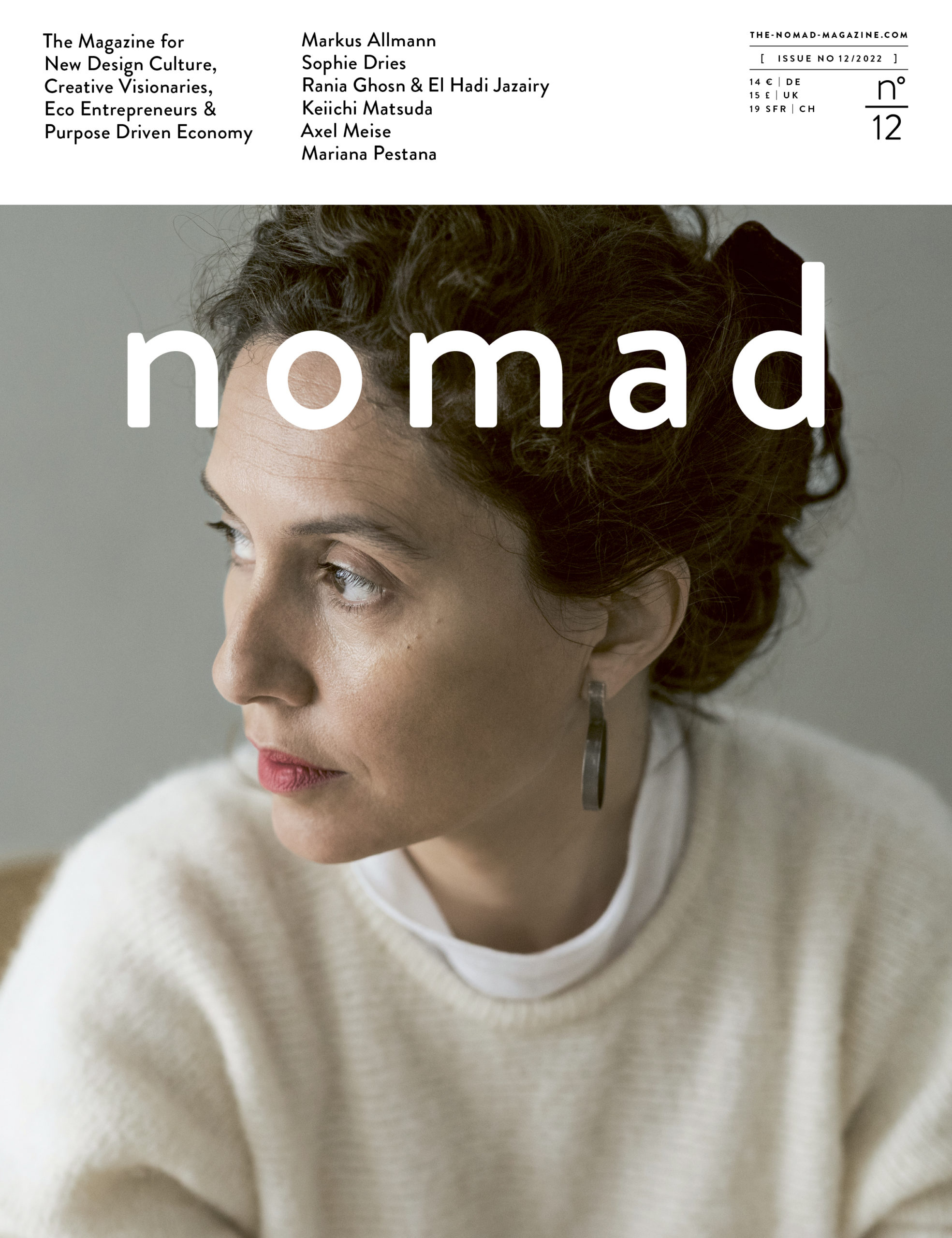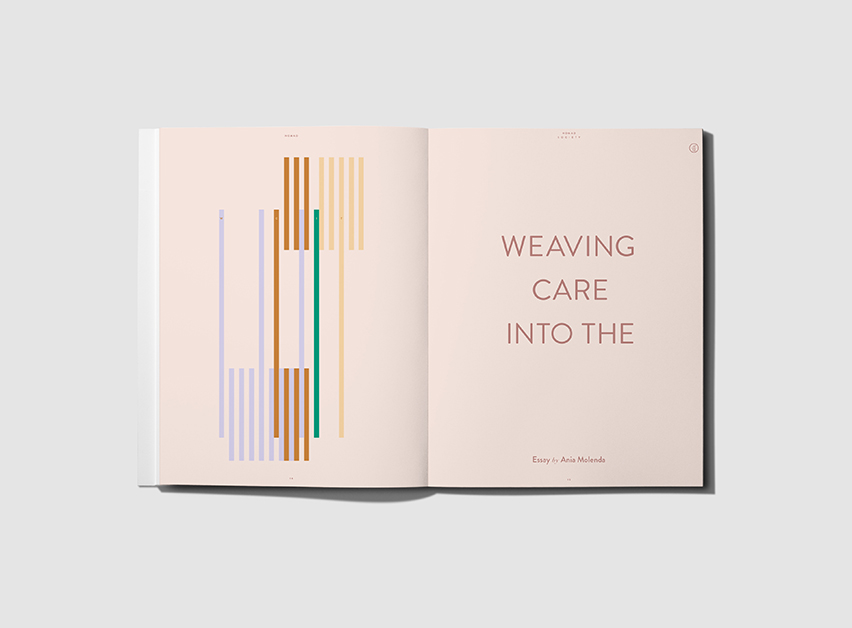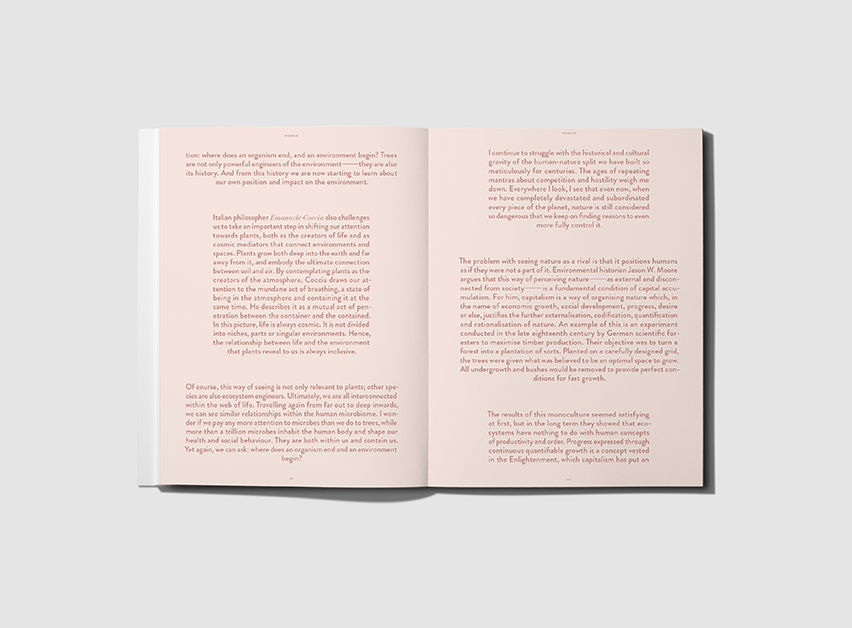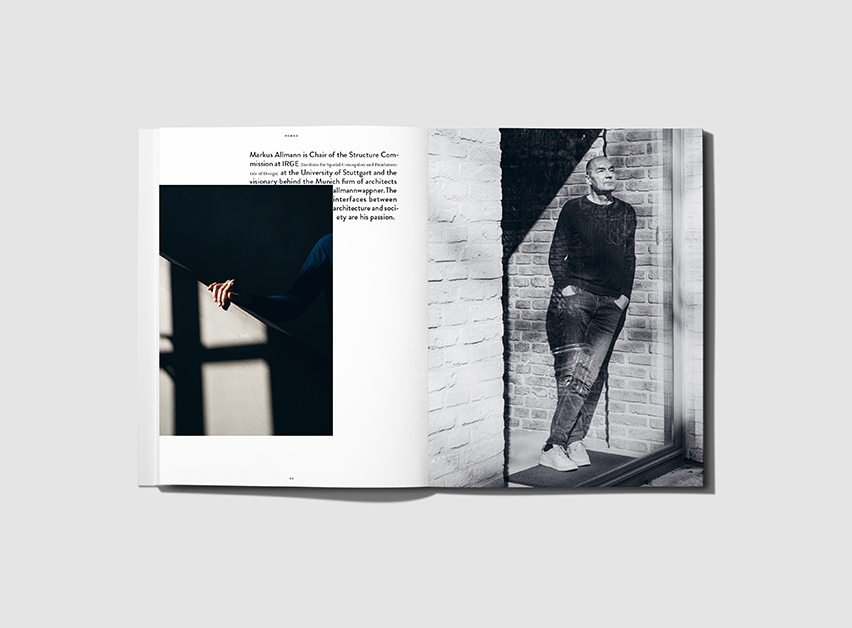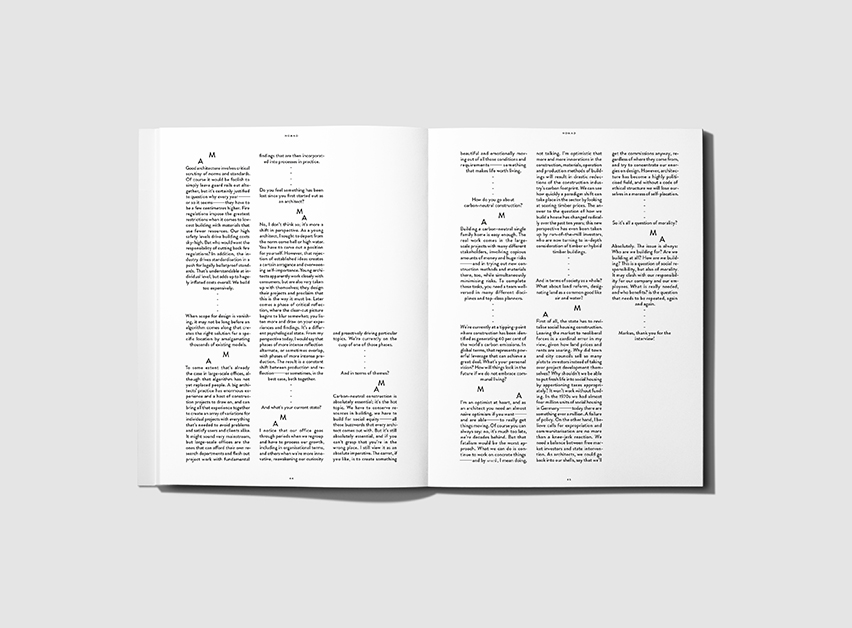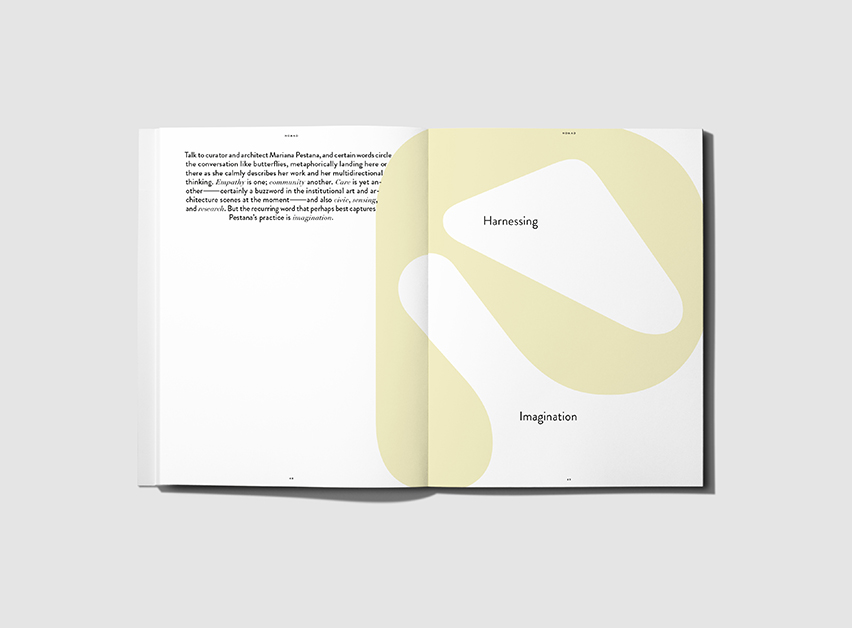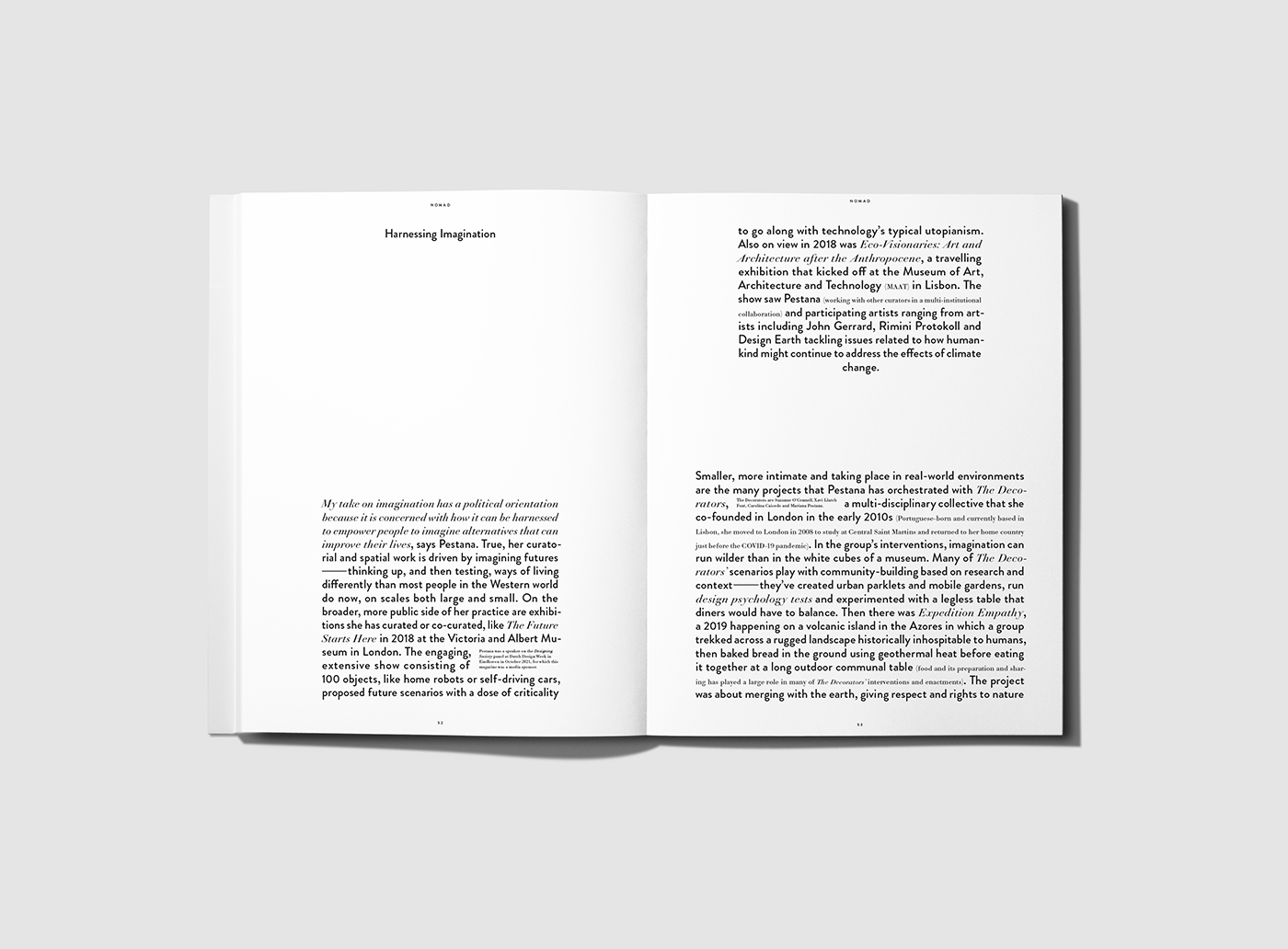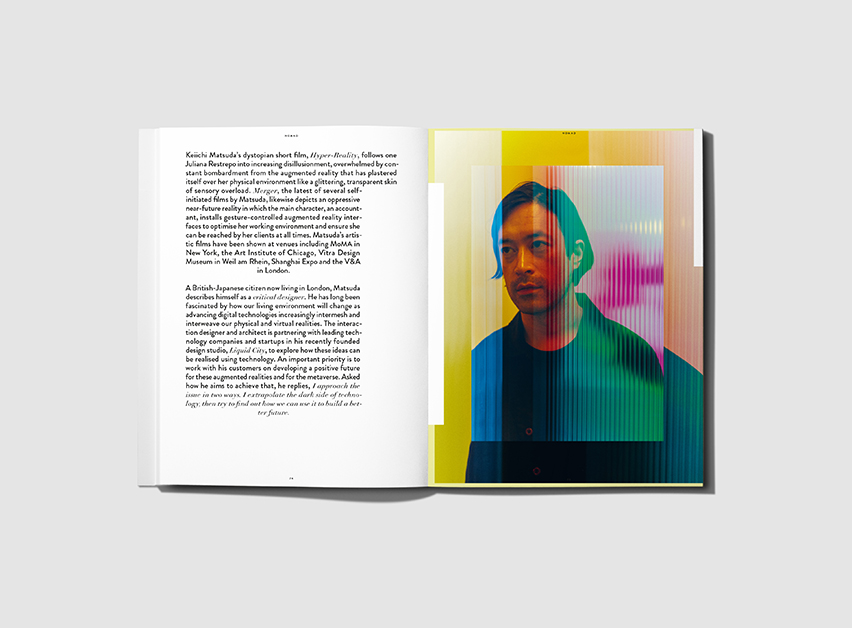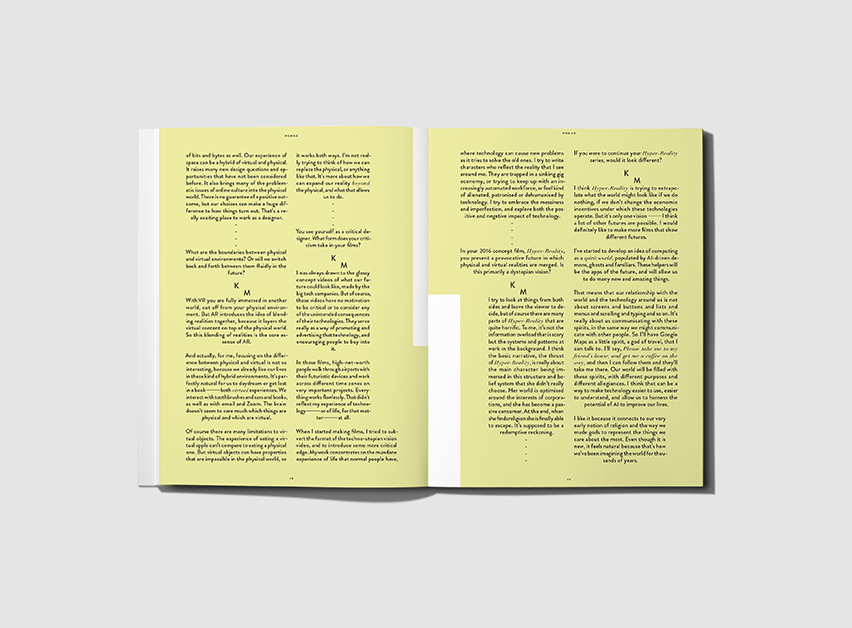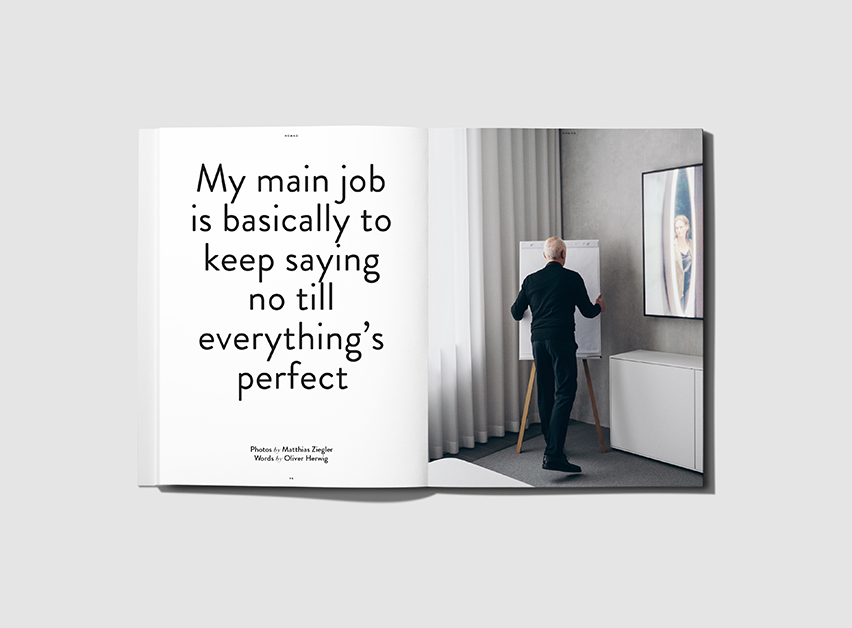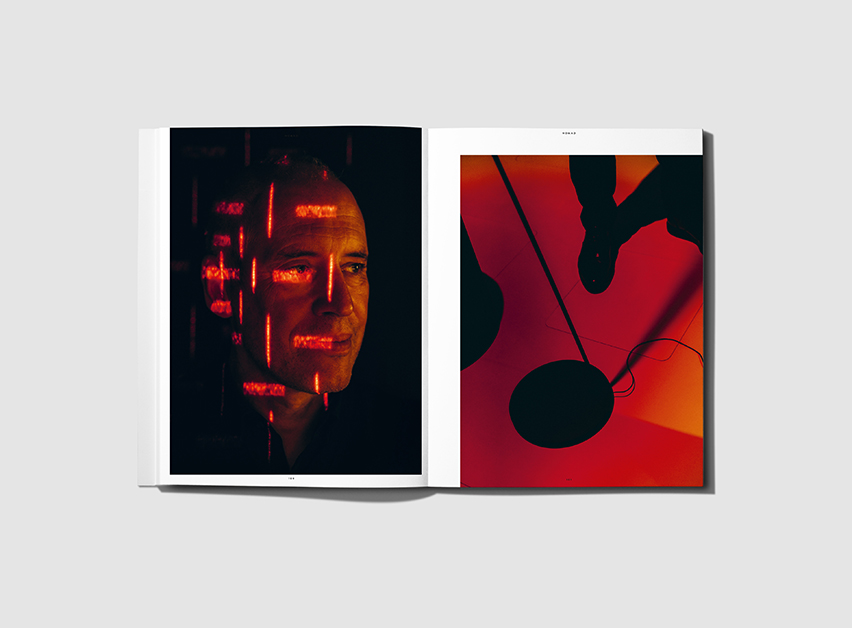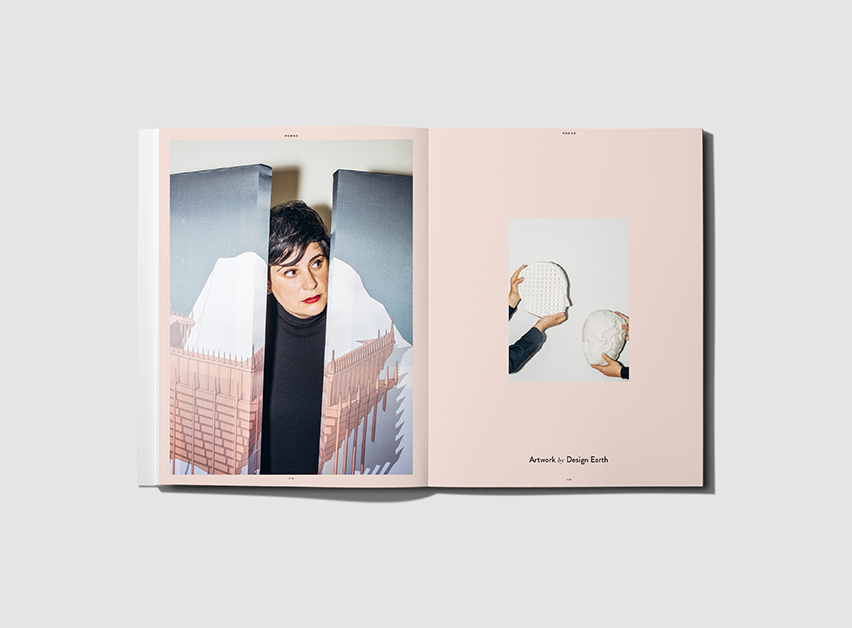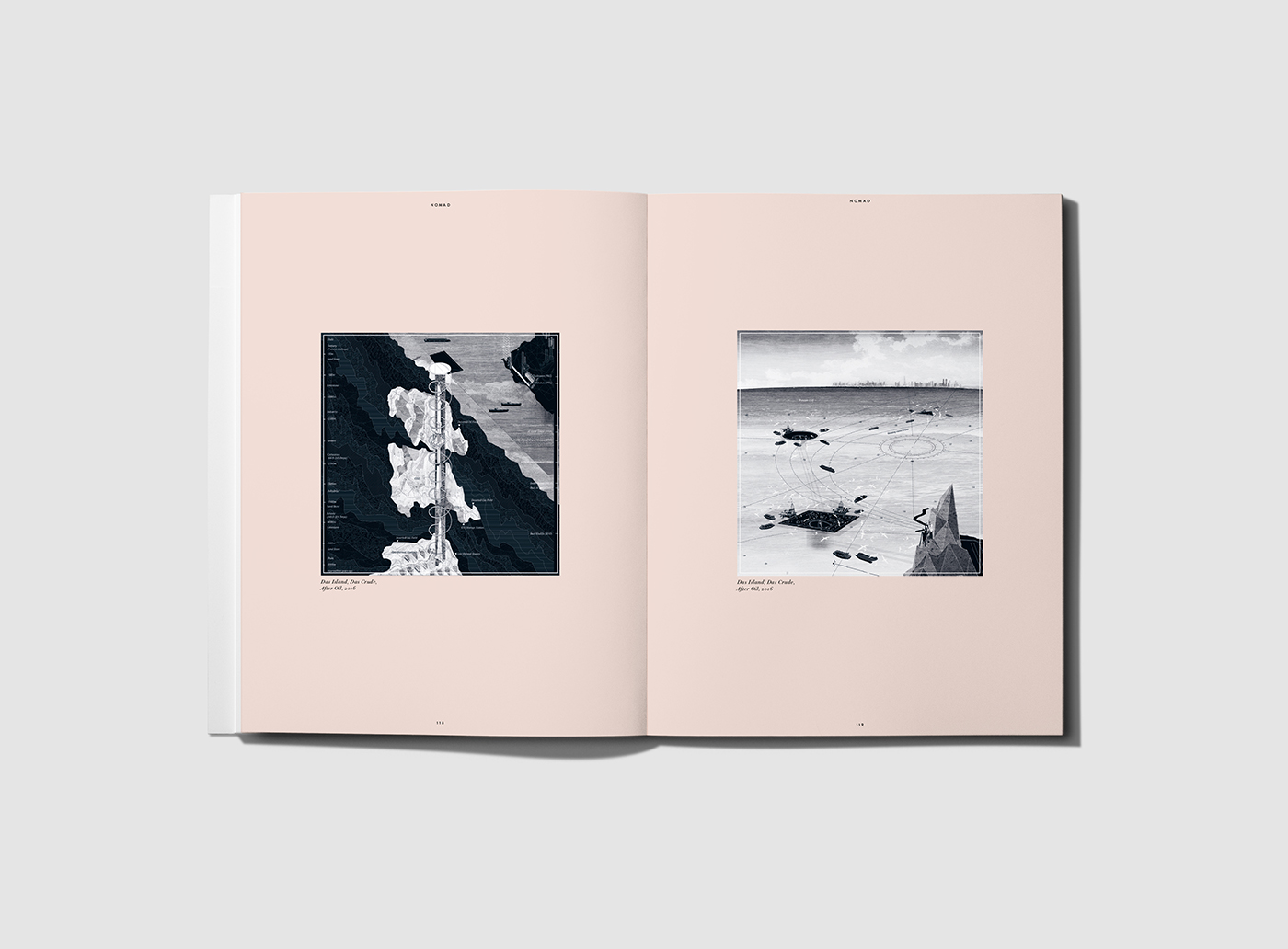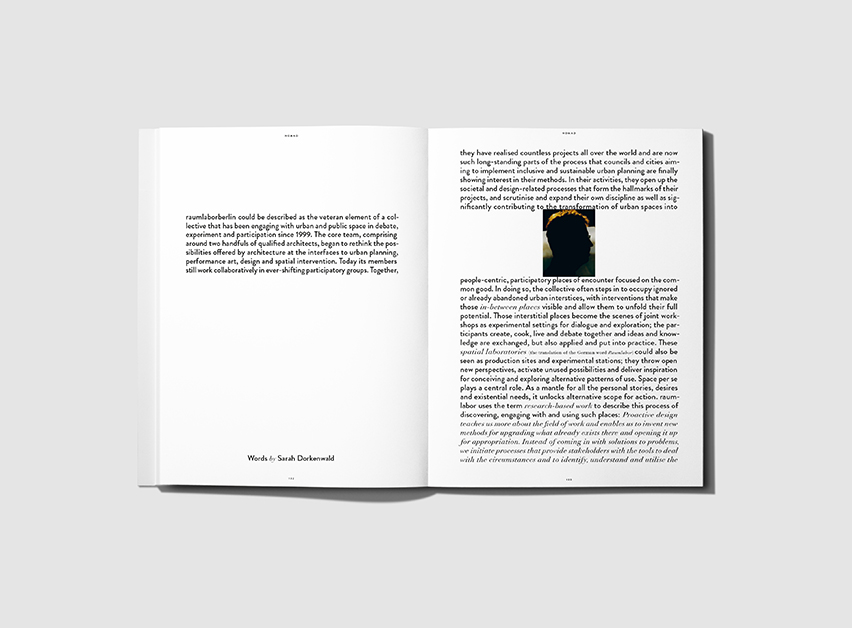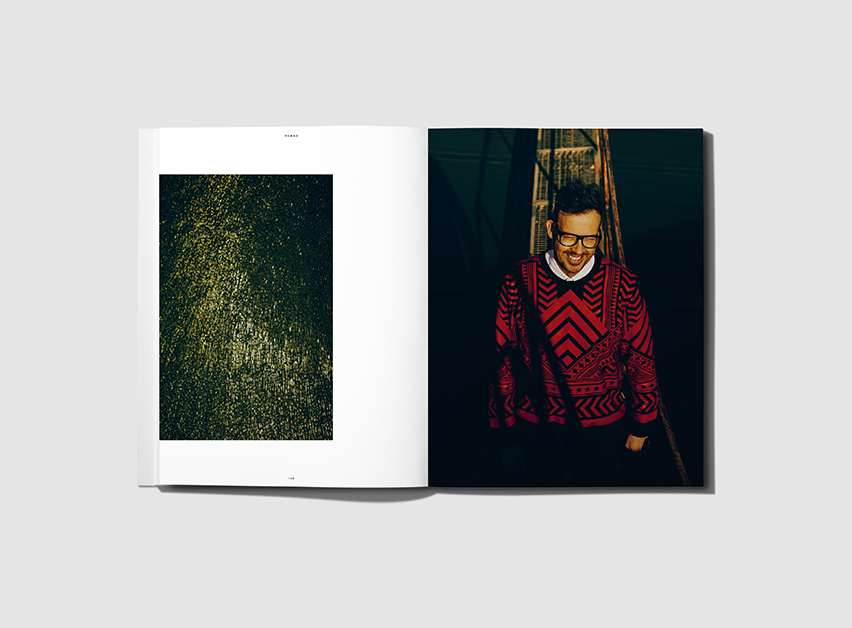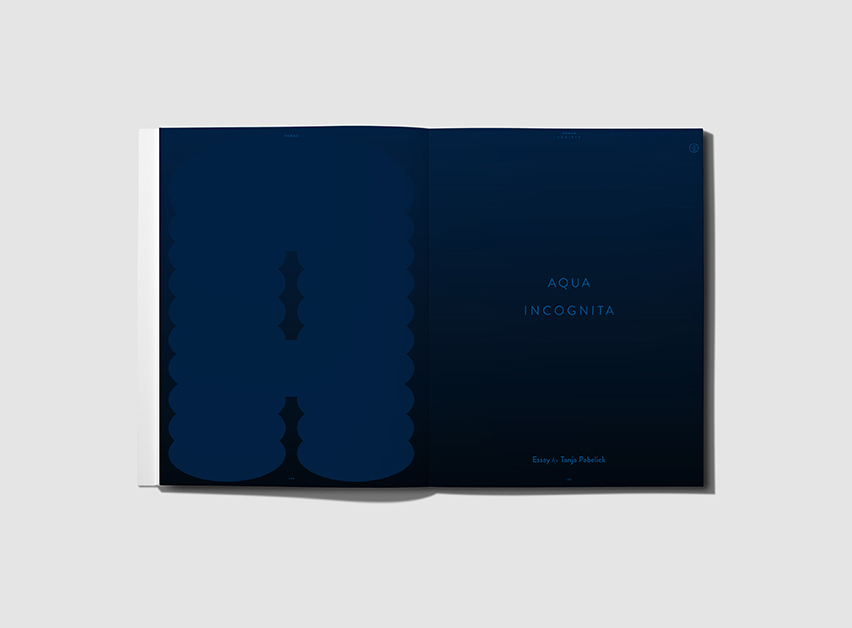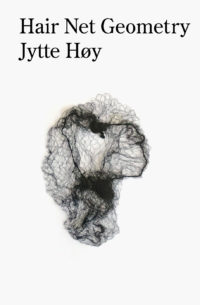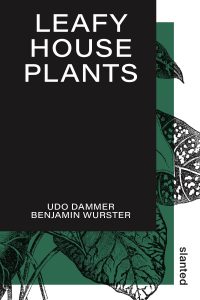nomad 12 – living spaces
How are living spaces defined and shaped by society, design and architecture? We travelled from Munich to Berlin, crossed the Italian Alps and jumped from the UK to the US – interviewing visionaries, pioneers and designers around the globe by asking: how do they define and shape living spaces? How does architecture interact with nature, with leisure design, with working environments? Which is the most sustainable way in all of this? And what needs will people have?
Our tour started in Munich's city centre, interviewing Axel Meise on how he went about shaping “a new culture of light”. Heading west of the city to Neuhausen, Professor Markus Allmann spoke to Oliver Herwig about the quality of a dialectical approach. Up near the River Rhine, Frank Wagner talked to Dr Marc Brunner and Steffen Kehrle about the nate collection. Sigurd Larsen and Georg von Hausen outlined their inspiring philosophy of sustainable products, as designers of the first piece of furniture that comes to mind when talking about living spaces: sofas. Sophie Dries delves into the challenges of designing those private spaces.
Former startup founder Frederik Fischer aims to reinterpret rural living with a new community mindset and has developed the KoDorf (co-village) concept. We spoke to Markus Bader, architect, professor at Berlin University of the Arts and co-founder of raumlabor in Berlin, and read about his excitement of the unexpected – be it in the form of people, events or experiences. From Berlin to the Italian Alps, we met up with Tobias Luthe at MonViso Institute - a real-world lab for trialling sustainable living spaces.
The changes wrought in our living environment by the advance of digital technologies are a long-standing preoccupation of London-based architect and UX designer Keiichi Matsuda, who examines what they means for our daily routines and how fiction can enhance our understanding of our possible futures. Karianne Fogelberg held a transatlantic Zoom interview with Rania Ghosn and El Hadi, and Kimberly Bradley portrayed Lisbon-dwelling curator and architect Mariana Pestana.
216 pages
23 × 26 × 1,7
hw.design gmbh
Veronika Kinczli und Frank Wagner, hw.design gmbh
English
2513-0714-12
